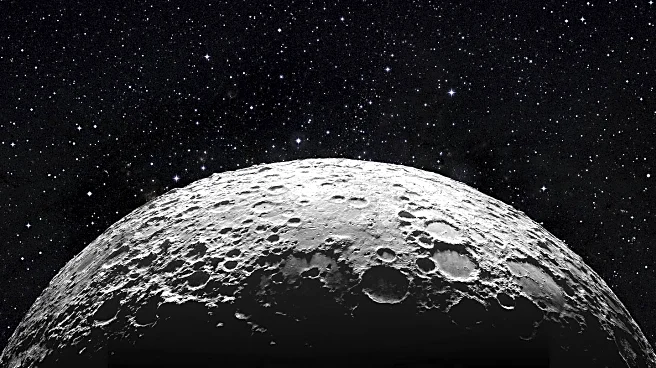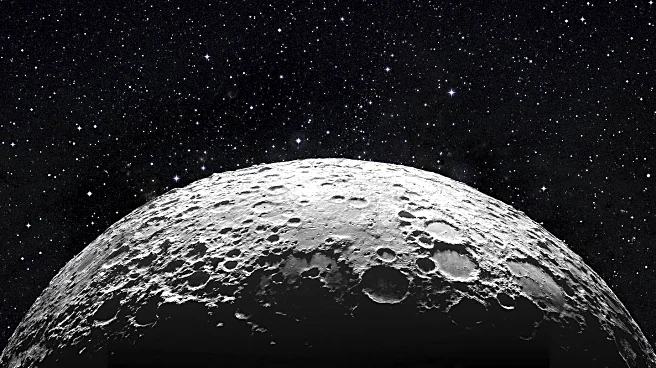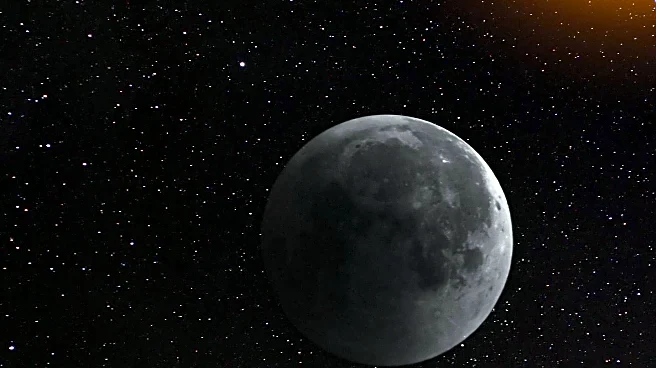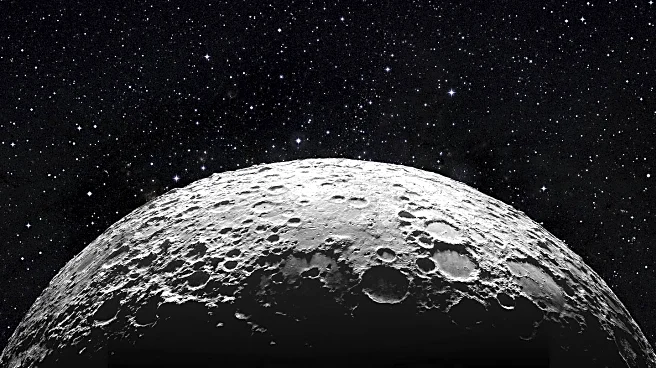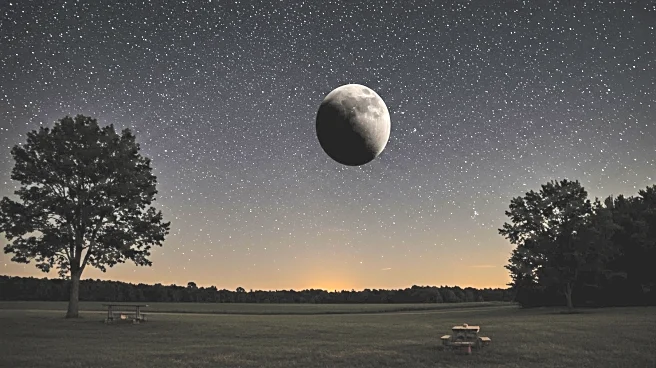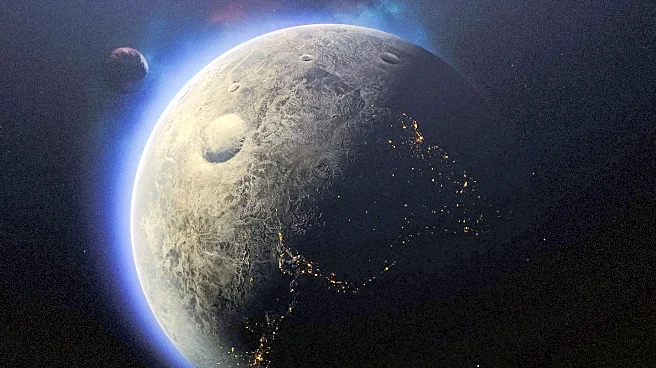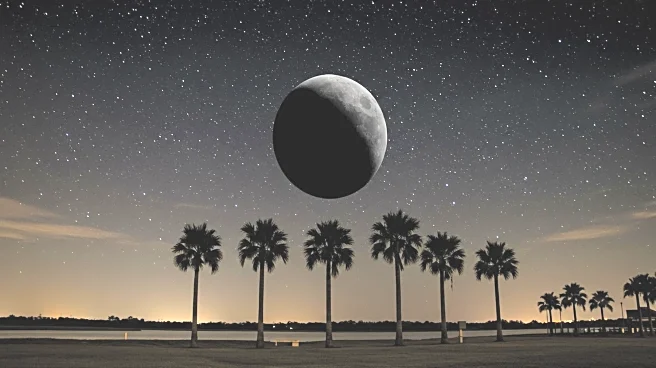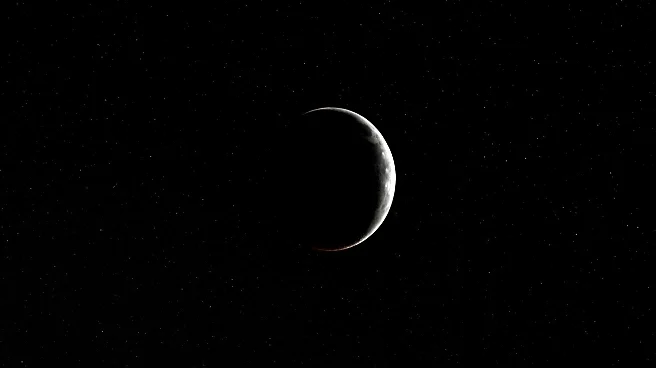What is the story about?
What's Happening?
A rare 'black moon' is occurring this weekend, providing a unique opportunity for stargazers. This black moon is the third new moon in an astronomical season that contains four new moons, a phenomenon that happens approximately once every 29 months. During a new moon, the moon is positioned between the Earth and the sun, with its illuminated side facing away from Earth, making it invisible to the naked eye. This absence of moonlight allows stars and other celestial objects to be more visible, offering a prime opportunity for amateur astronomers to observe planets and deep-sky objects.
Why It's Important?
The occurrence of a black moon is significant for astronomy enthusiasts as it enhances the visibility of celestial bodies due to the lack of moonlight. This event allows for clearer stargazing conditions, which can be particularly beneficial for those interested in observing the end of the Perseid meteor shower. The black moon also highlights the irregularities in the lunar cycle compared to the Gregorian calendar, as lunar cycles do not align perfectly with calendar months or seasons. This event underscores the complexity and beauty of celestial mechanics and offers a unique opportunity for educational outreach and public engagement in astronomy.
What's Next?
Following the black moon, the sky will remain dark, providing continued opportunities for stargazing. As the moon transitions from new to crescent, observers can look forward to seeing the slim crescent moon appear in the western sky after sunset. This phase, known as Earthshine, occurs when the darkened area of the moon's disk is faintly illuminated by sunlight reflected from Earth. The next significant lunar event will be a solar eclipse, visible over the South Pacific next month, offering another chance for sky watchers to witness a celestial phenomenon.
AI Generated Content
Do you find this article useful?
